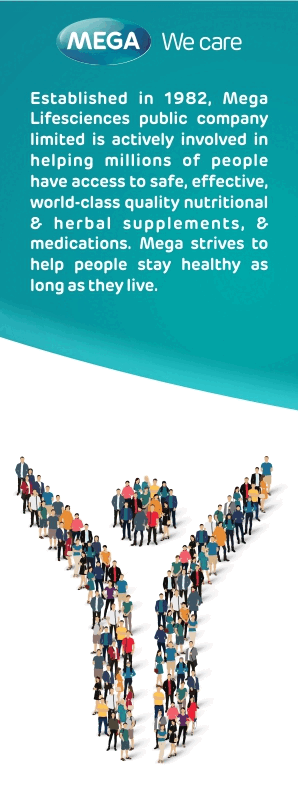Gross morphological changes of placenta associated with maternal anemia
DOI:
https://doi.org/10.69614/ejrh.v12i02.369Keywords:
Anemia, Placenta, Morphology, Dessie Referral HospitalAbstract
Introduction: – Placenta is a feto-maternal organ composed of maternal component, decidua basalis, and a fetal component, chorion frondosum. The intra-uterine survival of the fetus is dependent on this vital organ.
Aim: – The main aim of this study is to compare the macro architectural changes of placenta associated with maternal anemia in Dessie Referral Hospital, Northeast Ethiopia.
Methods: A comparative cross sectional method was conducted from May-June, 2018 at Dessie Referral Hospital. A total of 96 placentas (48 anemic and 48 non-anemic) was collected after delivery at labor room. EPI data version 4.2.0 was used to enter the data and analyzed by SPSS version 24. One way ANOVA and independent sample t- test was used to compare the mean differences of the groups.
Results: In pregnancies with maternal anemia, mean placental weight was 544±98 g and in non- anemic mother’s it was 502±93 g (p=0.03). The mean birth weight in anemic group was 2502±360 g and in non-anemic group 3035±305 g (p<0.001). The mean number of cotyledons, was 13.5±1.8 and 17.6±1.1, (p<0.001) in anemic and non-anemic groups, respectively. There was a significant difference in mean placental diameter of anemic 18±1.5 cm and 17±1.5 cm in non-anemic mothers (p<0.001).
Conclusions: Placenta was larger in anemic mothers than non-anemic mothers with amplify in mean placental weight, thickness and diameter. It was larger in weight, diameter and thickness in mild and moderate anemic but smaller in severe anemic mothers than non-anemic mothers. Maternal anemia was associated with decrease in number of cotyledons and birth weight of fetus



